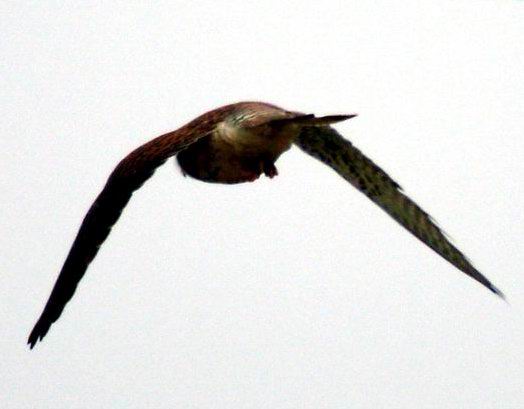|
| Query: bird | Result: 3240th of 32675 | |
Falco tinnunculus (Common Kestrel) <!--황조롱이-->
| Subject: | Falco tinnunculus (Common Kestrel)
| | Poster: | Jinsuk Kim (kusnij@naver.com)
| |

| Resolution: 524x409
File Size: 25604 Bytes
Date: 2004:12:28 12:11:09
Camera: FinePixS2Pro (FUJIFILM)
F number: f/6.3
Exposure: 10/40000 sec
Focal Length: 50400/100
Upload Date: 2005:01:03 10:13:57
|
Common Kestrel (Falco tinnunculus) is a bird of prey belonging to the falcon family Falconidae. This species is widespread in Europe, Asia and Africa. The Kestrel is relatively small compared to other predatory birds, but larger than most songbirds. Kestrels have long wings as well as a distinctive long tail. The kestrel's plumage is brown or grey with black spots, and the male has a blue-gray head and tail.
Boseong, Chonnam, South Korea |
^o^
Animal Pictures Archive for smart phones
^o^
|
|

